One passage from the Gospel of John perplexed me for some time because it doesn’t seem to make sense. When speaking to a crowd at a festival, Jesus says to the people: “Let all who are thirsty come to me and drink.” (He was standing in the Temple area where there was an abundance of water for purification rituals.) Then, in the next breath, He says,
“Whoever believes in me, as scripture says: ‘Rivers of living water will flow from within him.’” (John 7:38)
Maybe you can see my confusion. First He says we should take His water in. Then He says rivers will flow out of us. Which is it? Water in or water out? Thankfully, St. John gives us the key to understanding in the following line:
He said this in reference to the Spirit that those who came to believe in him were to receive. (John 7:39)
Ah, so water for drinking represents the life that Christ gives us; we drink it in. The Holy Spirit represents water like rivers that flow out of us into the world. The image was meant to remind us of those powerful floodwaters of grace gushing from the Temple in the vision of Ezekiel (47:1-12).
A Deep Conversion
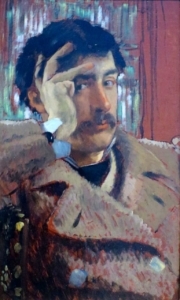 Flowing water is undoubtedly the perfect image for another vision that took place sometime in 1894, in the Church of Saint Sulpice in Paris. The visionary was the most famous painter of his day, Jacques Joseph Tissot (1836-1902). He was French but called himself James because of his love of English culture. (James is the English equivalent of Jacques.)
Flowing water is undoubtedly the perfect image for another vision that took place sometime in 1894, in the Church of Saint Sulpice in Paris. The visionary was the most famous painter of his day, Jacques Joseph Tissot (1836-1902). He was French but called himself James because of his love of English culture. (James is the English equivalent of Jacques.)
His conversion took place when Tissot had returned to his native France after years working in London as a society painter whose fame far eclipsed even the avant garde Impressionist painters of his day. Tissot was friends with all of them but did not join their movement because he considered his own style of painting – called Realism – much more attractive to his patrons, who were willing to pay handsome sums for his portraits. For that reason, he was also the wealthiest artist of his day.
You can probably see why he was so famous in high society when you get a look at a few of his portraits. They are stunning in their detail and beauty. (I love the little dog trotting on the sidewalk in the last one.)
Despite his solid Catholic upbringing, though, Tissot had been in an irregular living situation in London with a woman who was one of his models. She bore him a child and they lived together for a dozen years before she died of tuberculosis in 1882. Little is known of their son, Cecil, who was raised by an aunt because of his mother’s illness. Soon after her death, Tissot decided to return to the land of his birth and get back in touch with his roots. The move was providential.
The Vision
As Tissot was praying during Mass in Saint Sulpice one day, he had an unexpected vision of Christ on the Cross, a spiritual experience that he later said transformed his life completely. It must have been like the vision Mother Teresa of Calcutta had on a train at a time when her soul was open to the grace God wanted to give her. Tissot, like Mother Teresa, drank in the grace that was given in the vision.
He spoke of it rarely and without any explanation of the details, but it was – to use St. John’s imagery – a watershed moment for his life. It’s not an exaggeration to say that from Tissot’s spiritual conversion a river of blessing flowed into the world. In the remaining twenty years of his life, Tissot travelled to the Holy Land three times (1886, 1889, and 1896) and dedicated himself to painting all the major scenes in the entire Bible! No small project.
Actually Two Projects
After displaying the bulk of his paintings in Paris in 1894-95, his work became known colloquially as “Tissot’s Bible” although that was not his name for it. He called the 365 watercolor paintings simply, “The Life of Our Lord Jesus Christ”, in which he sought to vivify the familiar stories of Jesus in the four Gospels with realistic depictions of people, places, scenes, and even animals and objects in order to give people a clear idea of what it must have been like to actually accompany Jesus on His mission.
After his Holy Land trip in 1896, Tissot painted an additional 95 scenes of the Old Testament, intending to create many more, although he never completed that project due to his sudden death in 1902 just short of his 66th birthday.
In his approach to the scenes, Tissot operated on the common European assumption of the time that the Middle East – its people, lifestyles, institutions, and even landscape – had remained largely unchanged from the time of Jesus. Though that was not true, Tissot was such a talented artist that his realistic depictions of 19th century Semitic culture opened a sort of sacred window that enabled generations of Christians to actually envision something of Jesus’ time and people.
One writer said that this mistaken assumption was fortunate because it
accounts for some of the admirable documentary detail of his work: the patterns of rugs, tiles, lattices, textiles, capitals and costumes; and the precise rituals and pageantry, including the segregated society of men and women. Jesus walks through narrow passageways; sits in dark, moonlit rooms; strides down stone streets; and when not on the sea, traverses a pink, gold or blue landscape with oases of palms and olive trees that is starkly beautiful—its rock piles casting gray and mauve shadows. At times one also sees the Jerusalem of Tissot’s day—its red-and-white striped buildings bleached white in the gleaming sun.(1)
Tissot’s pictorial documentation of the Middle East became a template of the life and times of Christ that would profoundly impact religious art after that. It is said that Mel Gibson’s Passion drew heavily from Tissot’s depictions, as well as many other films. (Although the bible describes the Ark of the Covenant in some detail, there is an uncanny resemblance between Tissot’s Ark and the one unearthed by Indiana Jones in the 1981 movie, Raiders of the Lost Ark. Coincidence?)
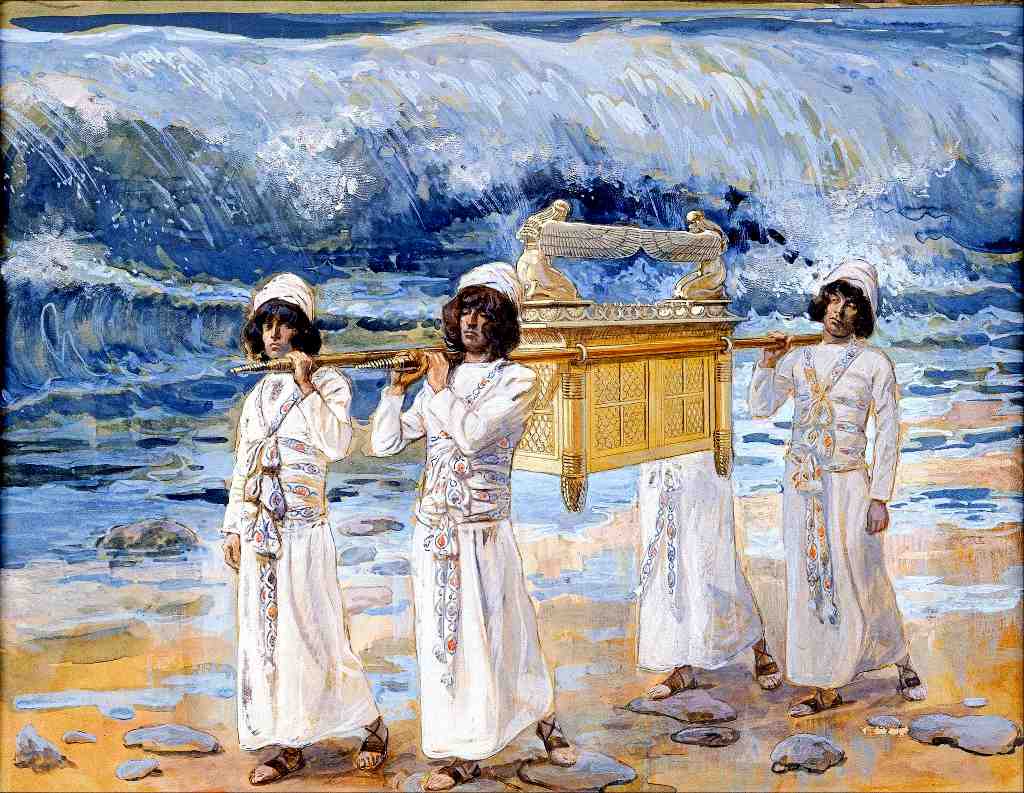
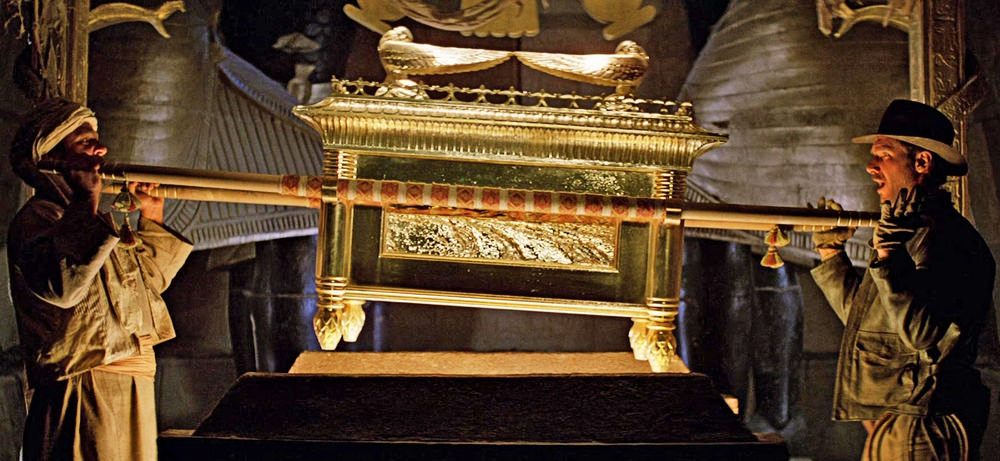
Inner and Outer Gifts
God has a way of endowing people with natural gifts and then giving them the grace to use them in extraordinary ways. It’s not our place to fashion the world the way we want it to be (that never works anyway), but we must all discover the gifts God has endowed us with and direct them like a stream of living water outward into the world to vivify the souls of others.
But that too is a function of many factors, both interior and exterior. I could not have painted the scenes of Middle Eastern culture that Tissot created because I simply don’t have his artistic talent. (The participation trophy in a grade school art contest for my drawing of a misshapen blue whale with red fins was the summit of my artistic career, I can assure you.)
But Tissot’s talent, especially his prodigious attention to detail, came from his personal background: Tissot’s father was a purveyor of fine clothing! His mother was a hat maker! Little Jacques grew up surrounded by exotic fabrics, fine drapery, and beautiful models, and he knew the clothing industry inside and out.
His biblical images are likewise imaginative and inviting. Tissot draws you into the scenes and tantalizes you with color, imagery, and detail. Once on retreat, I recall seeing an oversized art book of Tissot’s biblical paintings sitting on a coffee table in the retreat house. I had never heard of Tissot, but when I picked up the book, I was utterly hooked. I spent the next few hours looking over the amazing paintings in those pages and returning many more times to the images. Tissot’s fascinating visual storytelling of Christ and His times literally became my retreat that week.
Tissot’s Genius
In a short newsletter, it is impossible to do justice to Tissot’s massive collection, but I’ve chosen a few representative works for your viewing pleasure, and you’ll be able to get an idea of what I mean about this man’s amazing talent.
The random selection of images below is just a sampling of his vast subject matter: prophets, apostles, and other biblical characters; architecture and monumental scenes; parables; countryside and water scenery; biblical stories; miracles, healings, and angels (a real specialty of his).
Further References
I’d love to continue the art appreciation, but with hundreds of images in the collection, we can hardly even scratch the surface. I can’t help but return to the water image here: Tissot has given us a literal cascade of wonderful art to nourish our souls.
All these images are in the public domain and come from the Wikimedia Commons page (both paintings and preparatory drawings). Click on the button below to browse the full range of Tissot’s works and genius. But be careful when you start because, like me with that coffee table book in the retreat house, you could get hooked.
———-
(1) Karen Sue Smith, “The Artist as Believer: James Tissot’s visionary paintings of Jesus,” America Magazine, 4/5/2010.
[Note: This article is a reproduction of the Sacred Windows Email Newsletter of 10/23/22, so it does not end with the regular Soul Work section. Please visit our Newsletter Archives.]
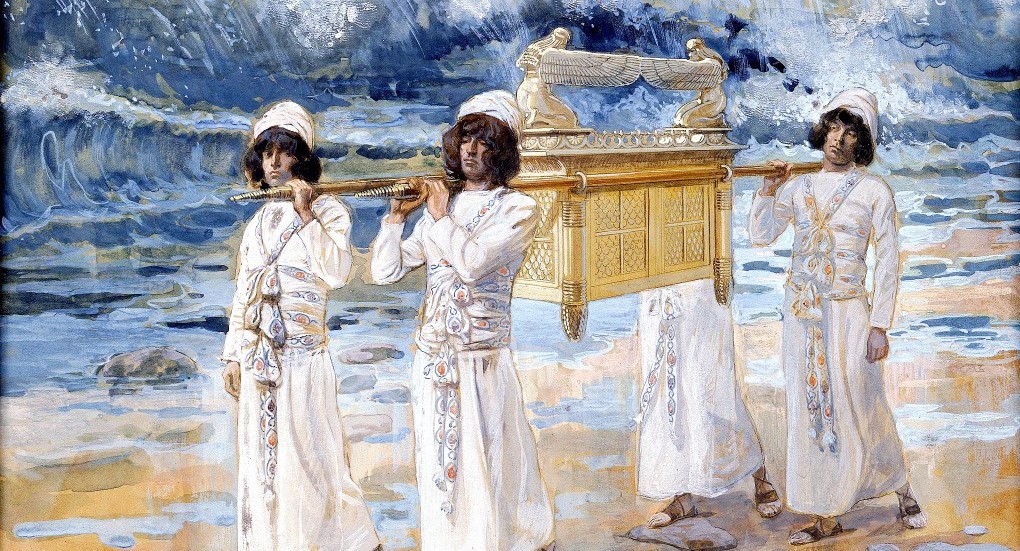
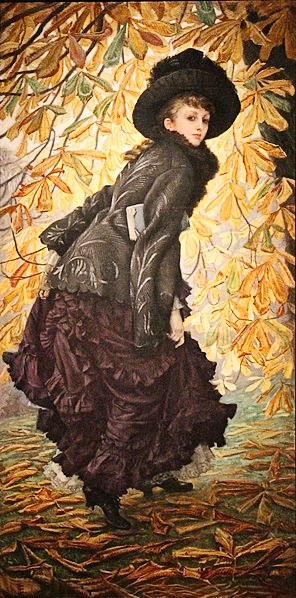

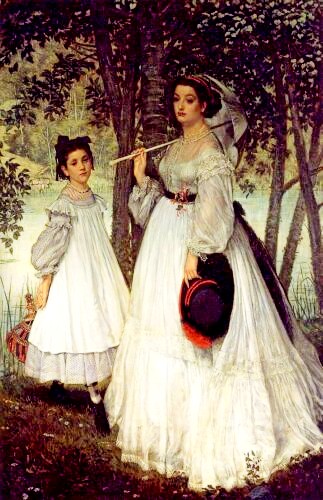
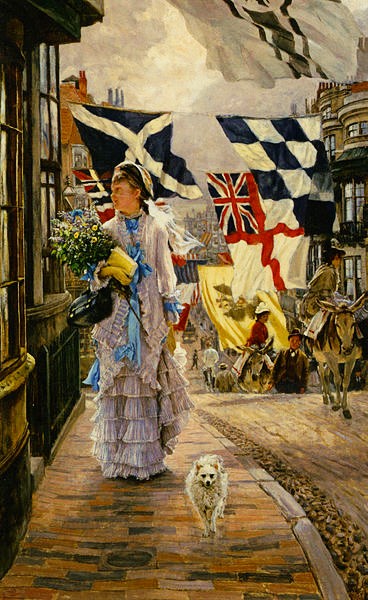

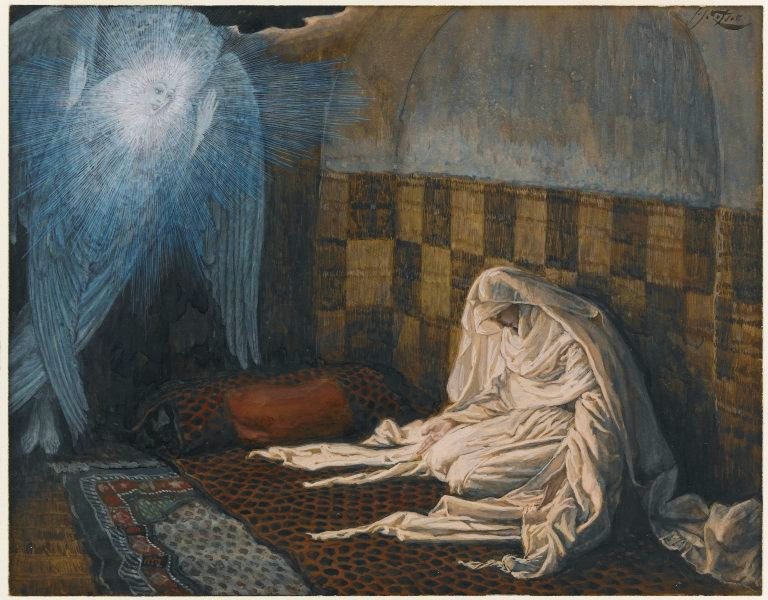
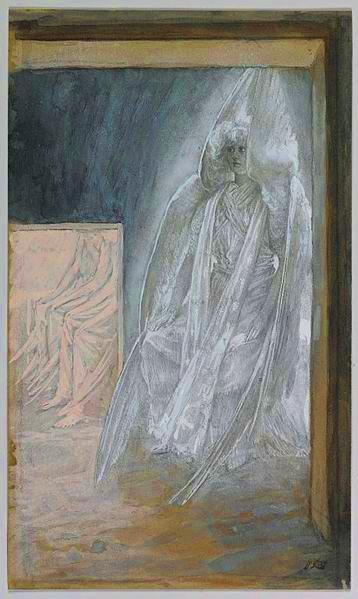
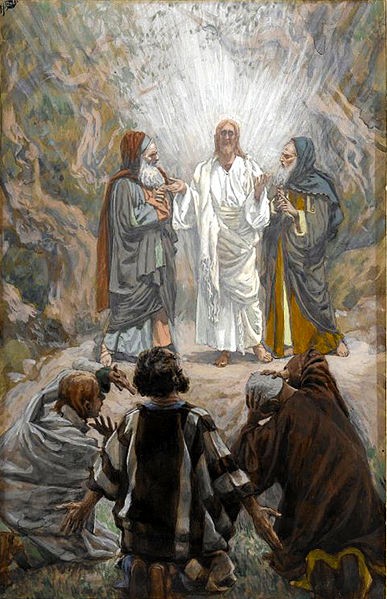
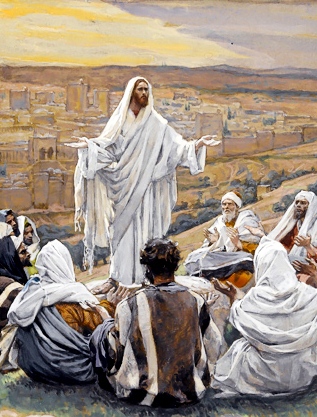

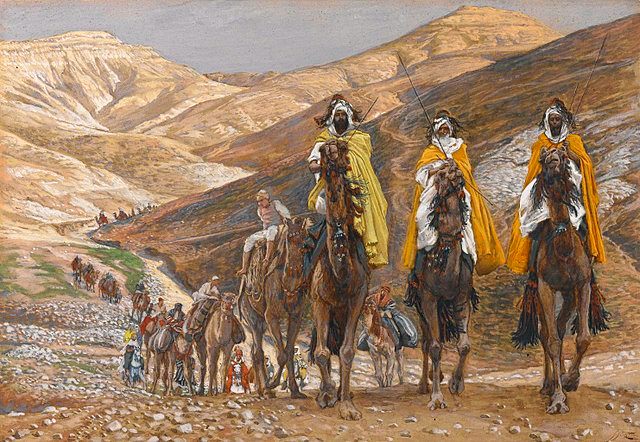
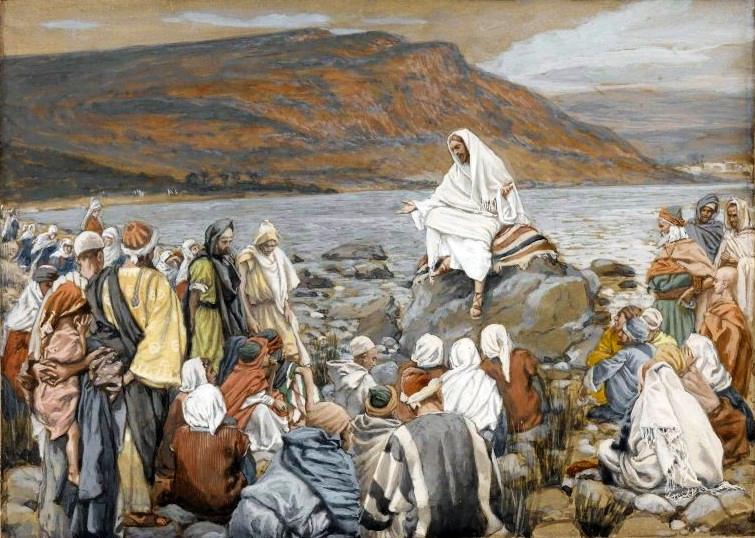
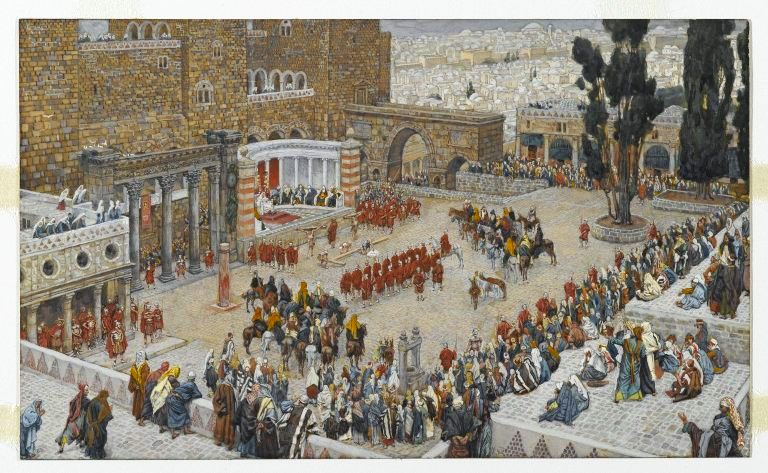
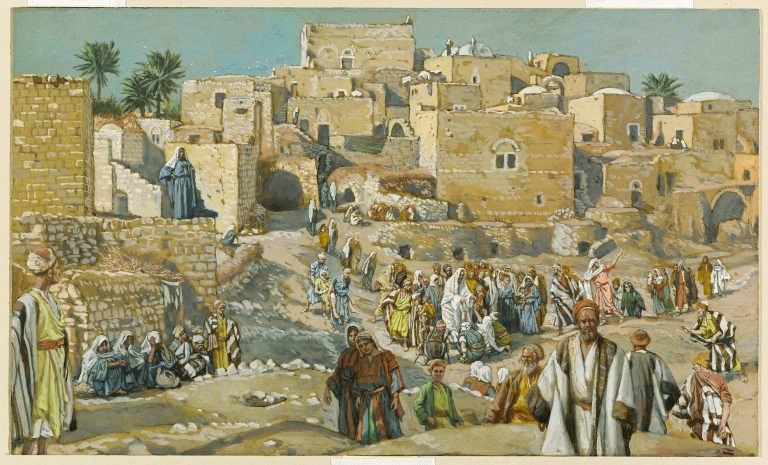

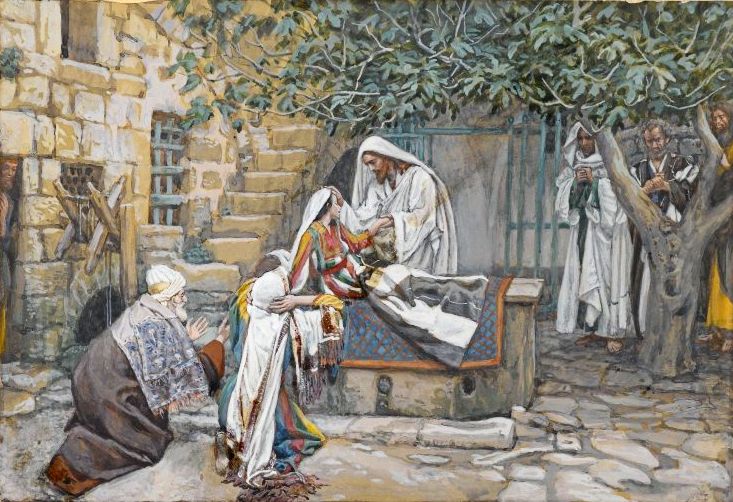
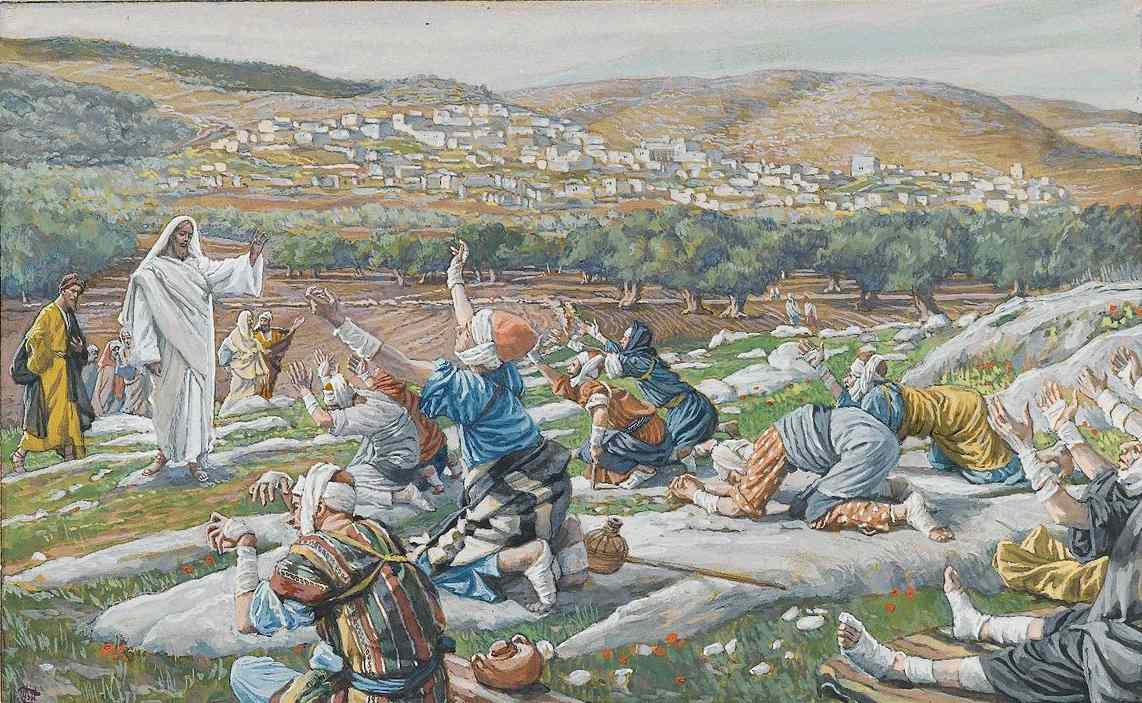
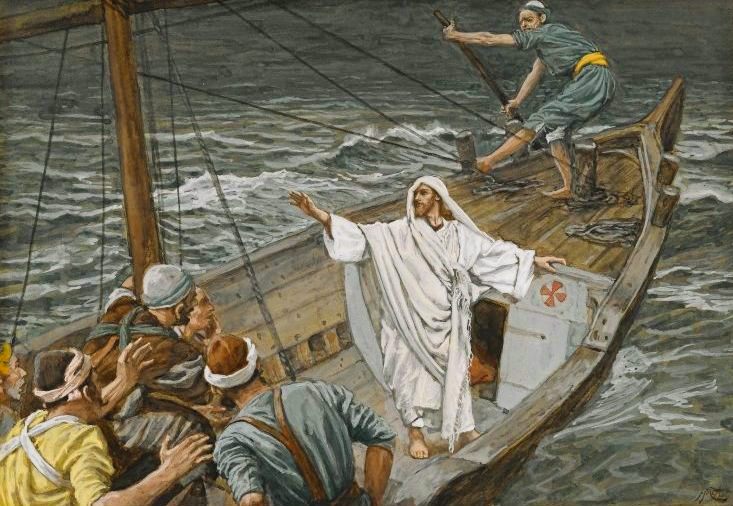

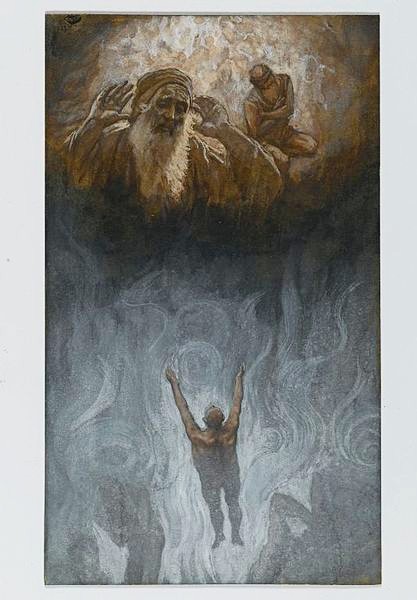
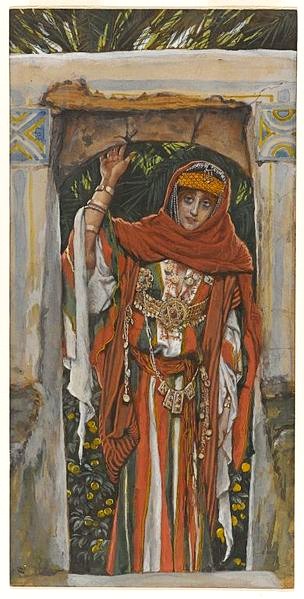
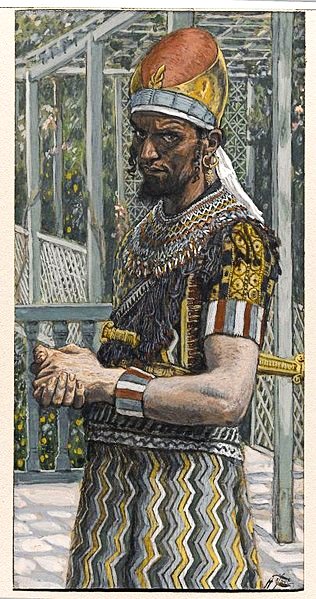

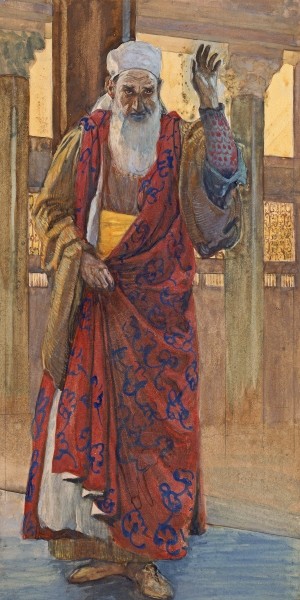
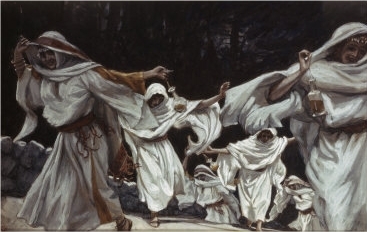
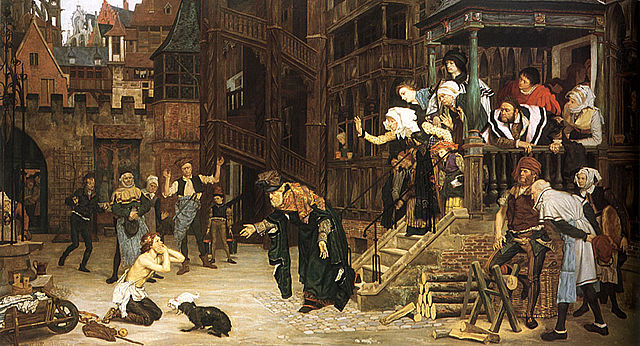
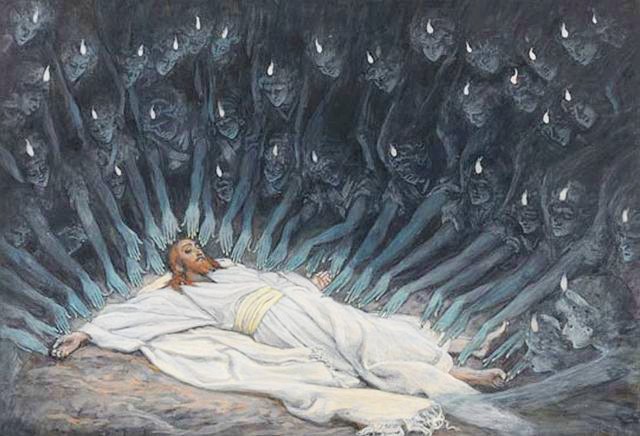
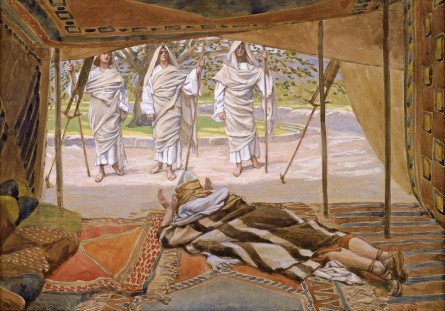
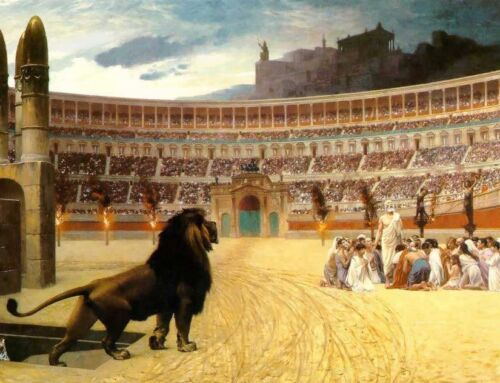
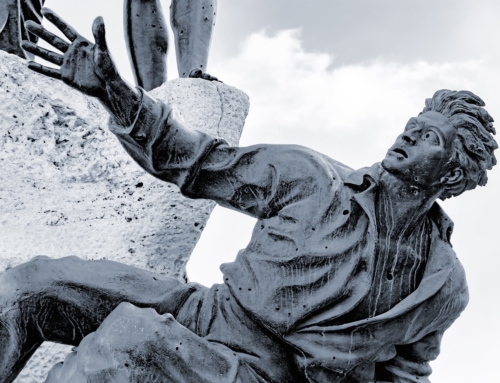
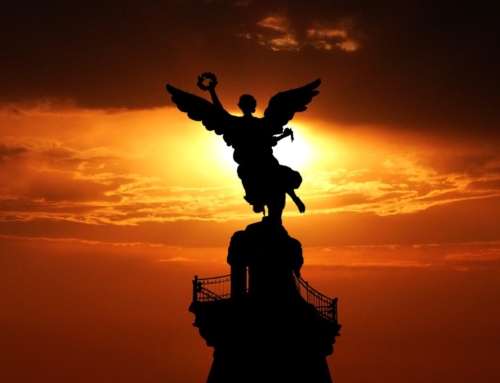
[…] Previous Next Tissot’s View from the Cross […]
[…] blog post discusses his vision and conversion a little, but I’d so love to read a biography about […]
[…] Tissot He Sent Them Out Two by Two (15th Sunday […]